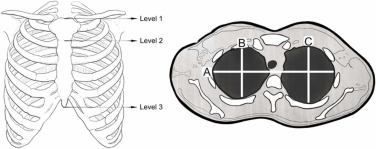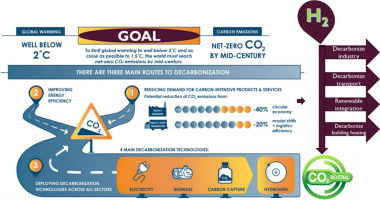Elsevier,
Antiviral Research, Volume 209, January 2023
This review supports SDG3 by detailing the current fundamental knowledge of HDV lifecycle and review antiviral treatments under development against this virus, outlining their respective mechanisms-of-action. Finally, it describes the antiviral effect these compounds are showing in ongoing clinical trials, discussing their promise and potential pitfalls for managing HDV infected patients.
Elsevier,
Virology, Volume 578, January 2023
This article supports SDG 3 by providing accurate folds of Hepatitis E Virus' five domains. The work highlights that there is no canonical protease encoded in pORF1 and that flexibility in several functionally important regions rather than proteolytic processing may serve to regulate HEV RNA synthesis
Elsevier,
Virus Research, Volume 323, 2 January 2023
This article supports SDG 3 as chronic hepatitis B (HBV) and C virus (HCV) infections represent significant public health issues internationally. This paper aims to evaluate the efficacy of hepatitis B vaccination in HCV-related chronic liver disease and identify possible factors that may contribute to hypo-responsiveness in those patients.
Elsevier,
Vaccine, Volume 41, 27 January 2023
This Article supports SDG 3 as the results show that two doses of the HEV 239 vaccine produces broad and likely functional immune responses against HEV that remain for at least two years. The safety profile was acceptable and a phase four study of HEV 239 in rural Bangladesh is feasible.
Elsevier,
Respiratory Physiology and Neurobiology, Volume 307, January 2023
Background: In patients with cystic fibrosis (CF), thoracic morphology and its role in respiratory function is conditioned by anthropometric factors, as well as by pathological changes. While the lungs are continuously monitored, examinations of potential thoracic cage adaptations to the disease are rare. Hence, the aim of this study was to investigate thoracic configuration, and its correlation to spirometry measures over time. Methods: In total, 344 high-resolution computed tomography (HRCT) examinations from 90 patients were assessed and analysed. Those results were subsequently related to spirometry measurements performed within the same period. Results: The cohort displayed no homogenous change in thoracic configuration over time, and correlation between thoracic area and spirometry variables could not be supported statistically. Conclusions: Although the current study included a larger cohort of patients with CF compared to previous studies on thoracic morphology, no patient group-specific changes in thoracic configuration were revealed. Furthermore, no correlations between structural findings and functional respiratory measurements were found.
Elsevier,
Sustainable Chemistry for Climate Action, Volume 2, January 2023
The article is related to SDG 13 and investigates the use of carbon neutral sources, such as biowaste, in the conversion to biooil. Catalytic liquefaction of various organic waste (mandarin peel, coffee grounds and cocoa shell) to synthesize an oil which can be used as a sustainable fuel is described.
Elsevier,
Sustainable Chemistry for Climate Action, Volume 2, January 2023
A rapid switch from non-renewable carbon-based sources of energy to clean and low-carbon sources of energy is required to accomplish ambitious carbon neutrality goals. The prospects of hydrogen in achieving net-zero emissions by 2050 are promising, but the article describes the challenges and uncertainties that need to be addressed.



